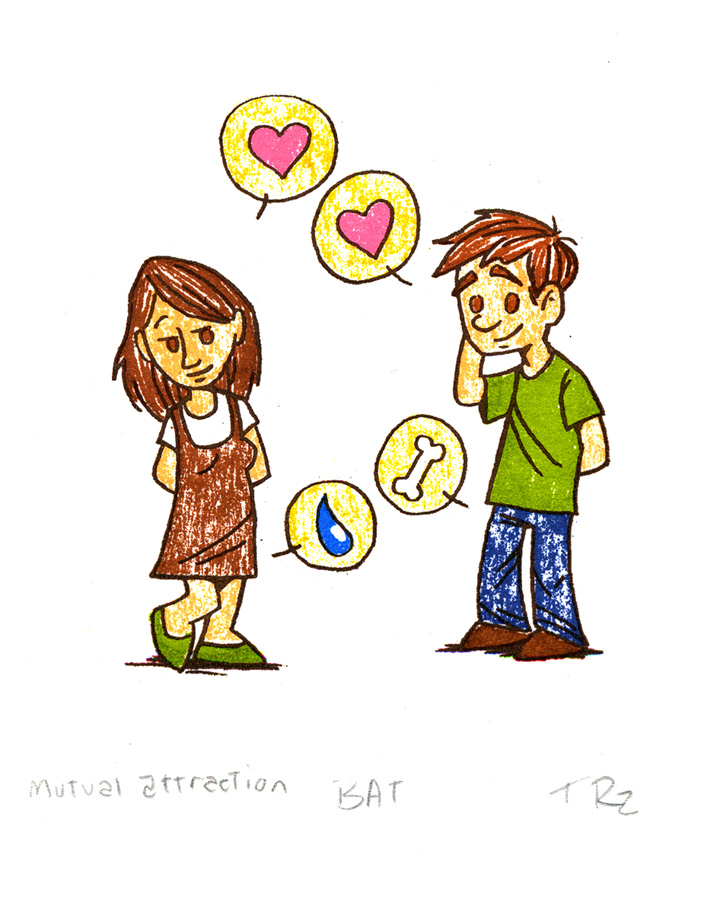Bad attraction
The Writing Rag’s last post made a passing reference to attraction.
Grammatical attraction is when a word picks up a grammatical characteristic from a nearby word. I’m told this is permitted in Latin. However, it is generally frowned upon in English. The exception is when you have a compound phrase that uses “or” as the conjunction, you take the number (singular or plural) from the last word in the phrase. So you have something like “an apple or some grapes are enough to eat before supper, young man.” Or “A few grapes or an apple is enough…” Well-remembered quotes from my mother, long ago. With “and” as the conjunction, it’s always plural, by the way.
But attraction is a no-no when you get the number of a verb from a nearby prepositional object. In English, the subject and the verb must always agree, no matter how far apart they are. And for a quote that forces me to point out this error, from the March 2012 Scientific American, whose writing standards used to be impeccable, but seem to have slipped a bit, especially in their blogs (but I digress):
In Western democracies, consolidation of Internet service providers has put a shrinking number of corporate entities in control of growing shares of Internet traffic, giving companies such as Comcast and AT&T both the incentive and power to speed traffic served by their own media partners at the expense of competitors.
…
A small but dedicated community of digital activists are working on it.
(The “it” in the second sentence does not refer to what’s going on in the first sentence.) Look at the verbs. In the first sentence, they got it right. The subject is “consolidation,” a singular. The verb is “has put,” also singular. Good! They got it right in this long and complicated sentence. But look at the second sentence. The subject is “community,” a singular. And the verb? “Are working.” A plural! How did they get “A community are working?” By attraction to the plural object in the phrase “of digital activists.” I remember Mrs. Clemens in sixth grade warning us to be alert for this goof.
Don’t you make it.
P.S. I ran into this sentence the day after I posted this lesson. Can you find the mistake? I hope it jumps out at you.
An analysis of 1.95 billion cell phone calls and 489 million text messages reveal how men and women follow different relationship patterns during their lifetimes.


analysis … reveals